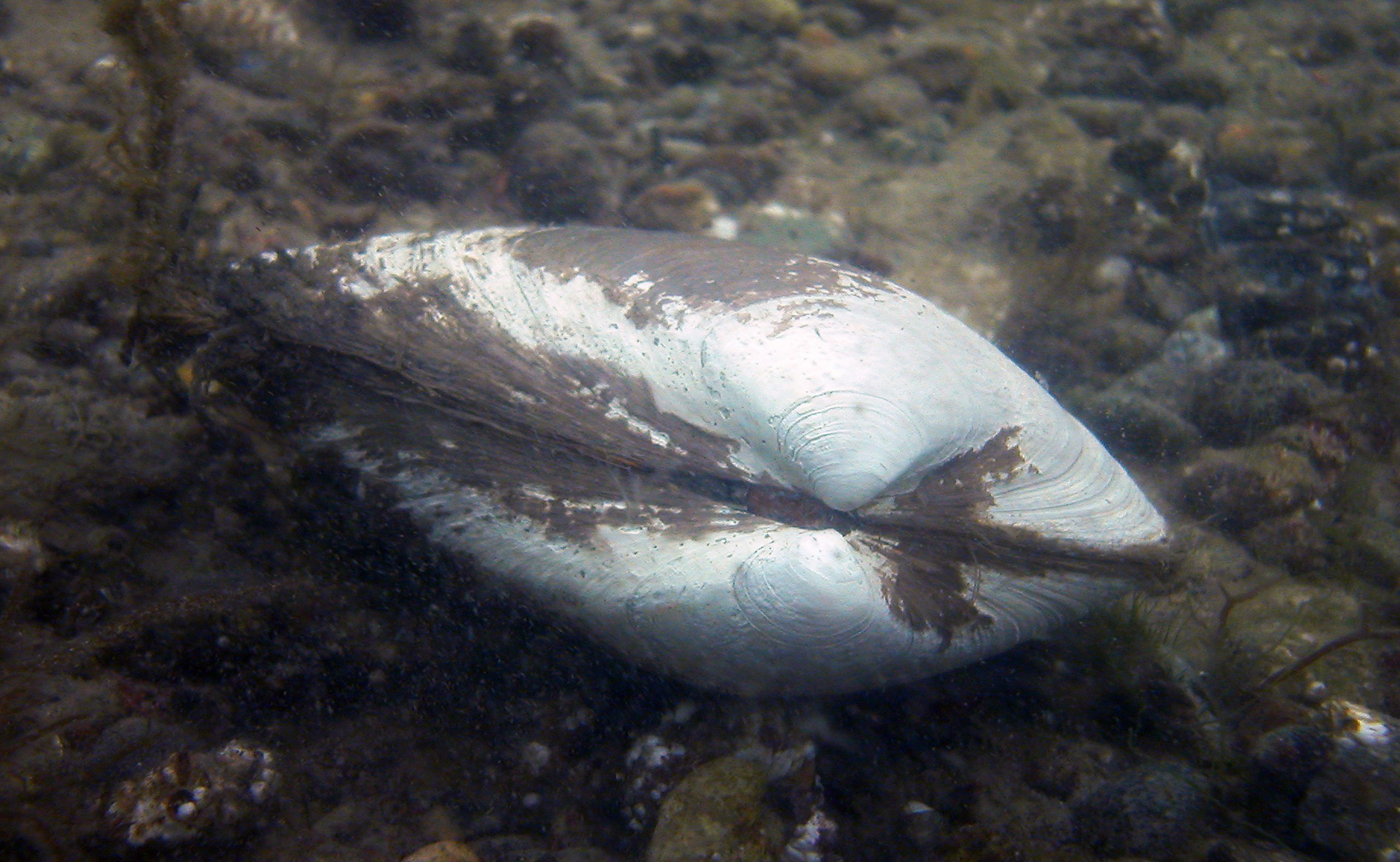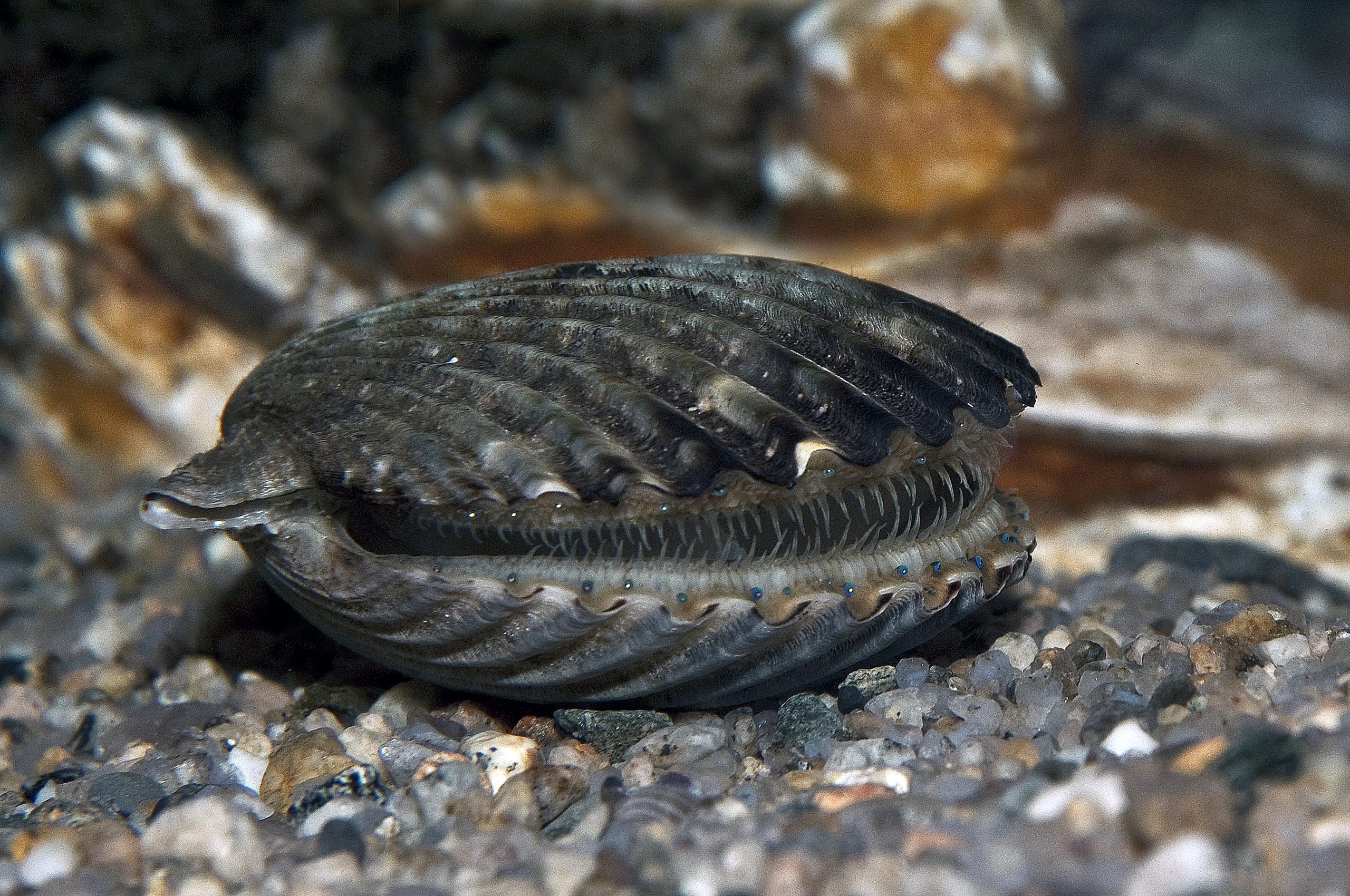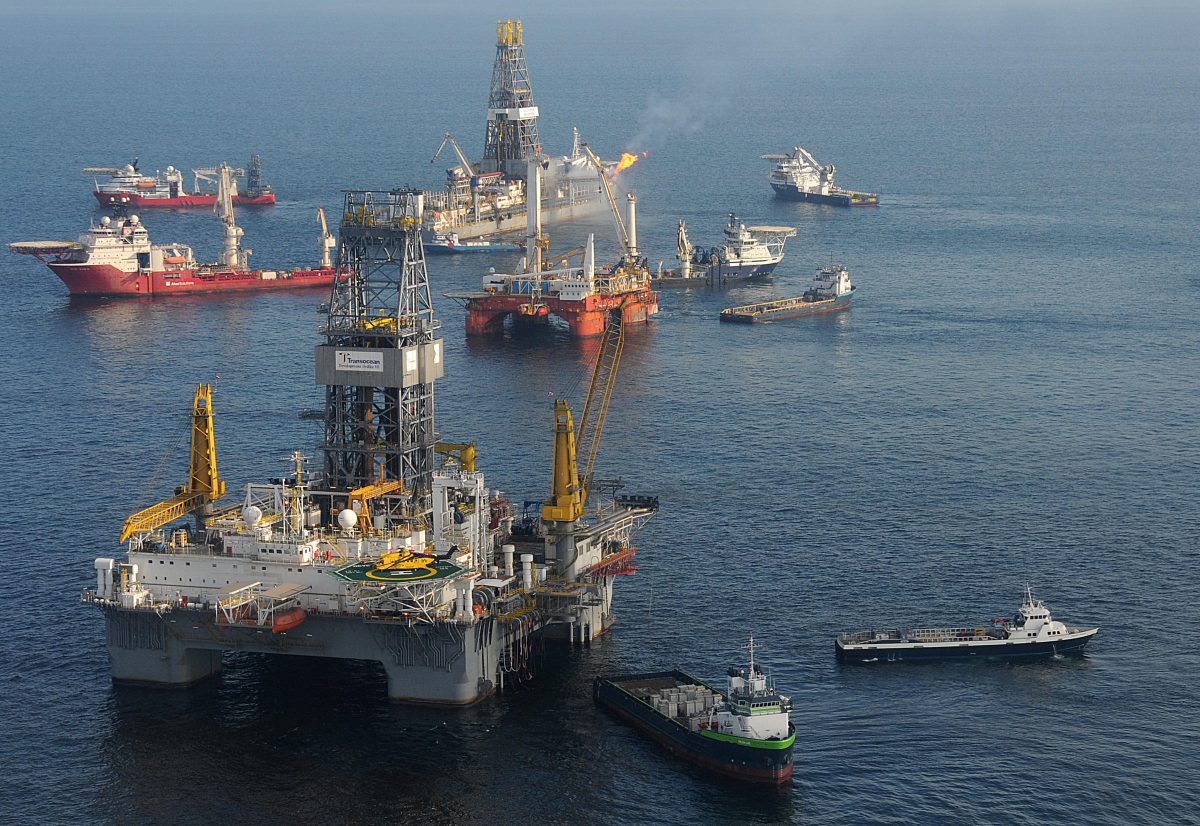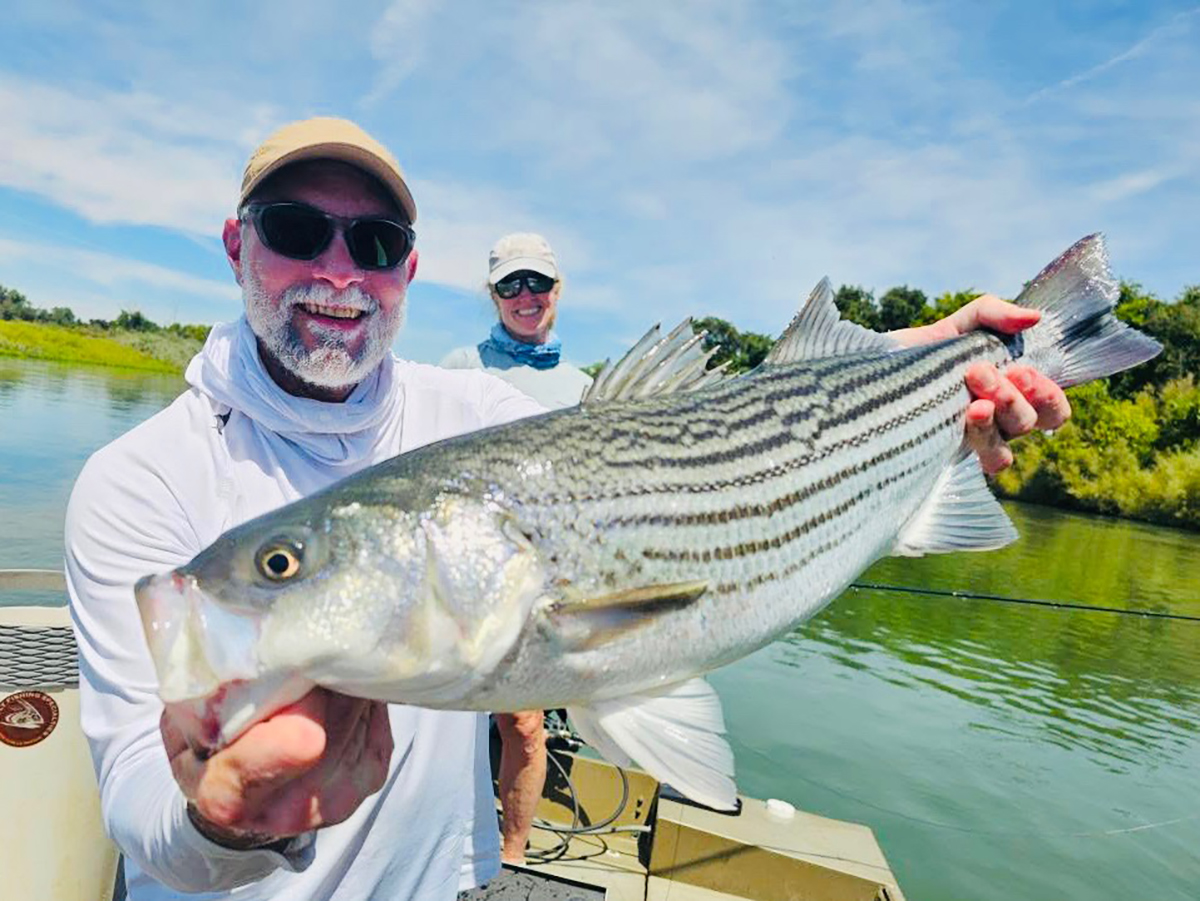
North Carolina is home to numerous species of crustaceans and shellfish in many shapes, sizes and colors. This is our second installment taking an in-depth look at some of the more popular and interesting animals in this category that call coastal North Carolina their home. Read Part 1, NC’s Crustaceans, Shellfish Make A Big Splash.
Hard Clams, or Quahogs
Hard clams, also known as quahogs, are mollusks that can live up to 35 years and grow up to 5 inches in diameter. They are found from Newfoundland south to the Yucatán Peninsula in Central America. This species is relatively easy to tell apart from other shellfish in the region. The quahog, is more round than it is long, with the hinged side forming the top of this animal that somewhat looks like that of an imbedded comma shape.
Supporter Spotlight
“Hard clams in North Carolina are usually taken once when they reach three years old and at the minimum harvest size of 1 inch thick,” said Jeffrey Dobbs, hard clam biologist with the North Carolina Division of Marine Fisheries.
“Landings have declined steadily since the mid-1990s. This species has seen lower water quality, and loss of habitat, which have negatively impacted the fishery. We need more detailed studies to be able to accurately determine the status of the hard clam,” he said.
“Collecting and removing these clams is similar to oysters — fishermen will use rakes or take them by hand in intertidal areas and shallow water along much of the coast. Quahogs are also taken by using bull rakes and tongs in deeper water and by dredges and ‘kick boats’ in Onslow and Carteret counties,” said Dobbs.
Bay Scallops
Bay scallops are also mollusks with a relatively short life span, and usually live from 12 to 26 months old, with an average size of between 3 to 4 inches. This species can be found from Massachusetts to the central east coast of Mexico.
This species is very easy to tell apart from all other shellfish found in North Carolina. They have distinct wavelike ridges along the entire length and width of the shell on the top and bottom sides of the animal. Their coloration also helps distinguish them from other shellfish in the area. Most bay scallops are dark tan to brown in color on one side and a lighter cream white on the other and may have a mottled color pattern running through the carapace, or shell.
Supporter Spotlight
“During the early life stages of a bay scallop, they will attach themselves to the blades and main stems of sea grasses, such as eel, or shoal grass. As they mature, they release from the sea grass and sink to the bottom where they will continue to grow. Unlike oysters, bay scallops do move around the bottom by opening and rapidly closing their shells from the hinge side and ‘fly’ along the sea floor,” Dobbs said.
“Environmental factors, such as sea grass health, salinity, pollution, predation and temperature play a contributing role in how many scallops may be available with annual bay scallop abundance and landings greatly changing dependent upon these factors,” he said.

This species relies heavily on the amount and quality of available seagrass habitat.
Bay scallops are filter feeding shellfish found in and around sea grass beds. Like the oyster, bay scallops produce both sex cells and will mature and spawn within their first year of their lives.
“In North Carolina, bay scallops spawn mostly from August through January and again from March through May. The larvae go through several swimming stages of development before attaching to a blade of seagrass. Upon reaching a size of approximately 1 inch, bay scallops leave the sea grass and drop to the bottom,” Dobbs explained.
“Although they can use other structures, bay scallops use seagrass beds almost exclusively and are highly dependent on this habitat for successful recruitment,” he said.
Whelks, sea birds, blue crabs and cownose rays will feed on bay scallops during different phases of their life.
“Bay scallops are considered an annual crop because they are short-lived and the abundance of their stock is determined by the numbers and survival of the incoming year class of young scallops. The abundance of North Carolina’s bay scallop stocks remain low, because of many factors that affect the stock,” said Dobbs.
“Bay scallop annual commercial landings show large fluctuations through time and are presumed to be driven by changing environmental conditions including but not limited to winter freezes, high freshwater runoff, predation and red tide disease. Bay scallops are vulnerable to overharvest because of the many factors that affecting their survival,” he said.
“Documented numbers seen in catches while sampling of this species over the past 10 years show bay scallop abundance is very low in all regions of the state. This overall low abundance is also reflected in relatively low landings when a harvest season is opened,” Dobbs added.
The fishery is currently closed due to the downward trend in available numbers of this species in coastal waters, except in Core Sound. The season opened Jan. 25 and will end March 31 in Core Sound only this year.

Spiny Lobster
There are two species of lobster found in North Carolina waters: the northern lobster, or American lobster, and the spiny lobster. American lobsters are found from Maine to Cape Hatteras. While North Carolina is the southernmost range of the northern lobster, there are rare occasions where they are caught, but usually only in the northernmost portion of the coast.
Spiny lobsters are found from North Carolina to Brazil and throughout the Caribbean. Bermuda is the northernmost extent of their range. The spiny lobster looks different from the American lobster, simply because it does not have the large cutting and crushing claws that its northern cousin is best known.
Spiny lobsters have obvious spines all over their bodies and antennae, which the later can be longer than the total body shell length of the animal.
Spiny lobsters are managed by the South Atlantic Fishery Management Council, or SAFMC, and the Gulf of Mexico Fishery Management Councils, which have jurisdiction over this species from North Carolina south into the Gulf of Mexico and west through Texas waters.
“Spiny lobsters are decapod crustaceans. Lobsters have three distinctive life stages with separate ecologies and behaviors. The species is found in the western Atlantic Ocean ranging from Brazil to Bermuda,” said Steve Poland, executive assistant for councils in the North Carolina Division of Marine Fisheries, and representative for the SAFMC.
He explained that after hatching from fertilized eggs, lobsters spend nine to 12 months as planktonic larvae.
“These larval lobsters may be transported long distance by currents in the Caribbean Sea. The origin of the larvae that settle in the South Atlantic region is almost always the Bahamas with very little reproduction in U.S. waters,” he said.
“The larva metamorphoses into a post-larval stage. These lobsters swim towards shallow seagrass habitats and settle in algae habitats, especially those containing red algae. Adult spiny lobsters are most commonly found in coral reef habitats. Individuals are normally only seen at night. Lobsters leave their dens in the evenings to forage for food and return again before dawn,” said Poland.
Scuba divers see long trails of antennae to tail spiny lobster parading over the sand bottom during night dives. Some populations of spiny lobsters are known to undergo seasonal migrations following fall storms.
Where the spiny lobster is managed cooperatively with other jurisdictions beyond North Carolina borders, regulations have been developed for each state to follow under the fishery management plan for this species.
“North Carolina is known for producing some of the largest lobsters, which attract divers to the state from all over the region,” said Poland.
“For commercial fisheries, North Carolina’s size limit of the carapace, or shell of the animal must be greater than 3 inches. If tailing, with which you would need a permit, the tail must be at least 5.5 inches. Scuba divers must measure carapace while in water. Undersized lobster must be released unharmed immediately without removal from water,” Poland said.
In North Carolina and Georgia, there is a limit of two lobsters per person, per trip. The spiny lobster season is year-round.
North Carolina through Georgia commercial fishers are required to have a federal commercial spiny lobster permit. A federal spiny lobster tailing permit is required in all South Atlantic and Gulf federal waters.
A berried, or egg-bearing spiny lobster in or from the regulated fishing zone must be returned immediately to the water unharmed.
“For recreational fishing of spiny lobster, the size limit of the carapace, or body shell, must be greater than 3 inches. Divers must measure carapace while in water. Undersized lobster must be released unharmed immediately without removal from water.
In North Carolina, there is bag limit of two per person per trip, with a year-round season,” he said.
“Recreational harvest of spiny lobster using traps is prohibited in the federal waters of the South Atlantic. Removal of tail at sea is prohibited when landing spiny lobsters in North Carolina. No spears, hooks or piercing devices. Explosive and poisons are prohibited,” Poland concluded.







